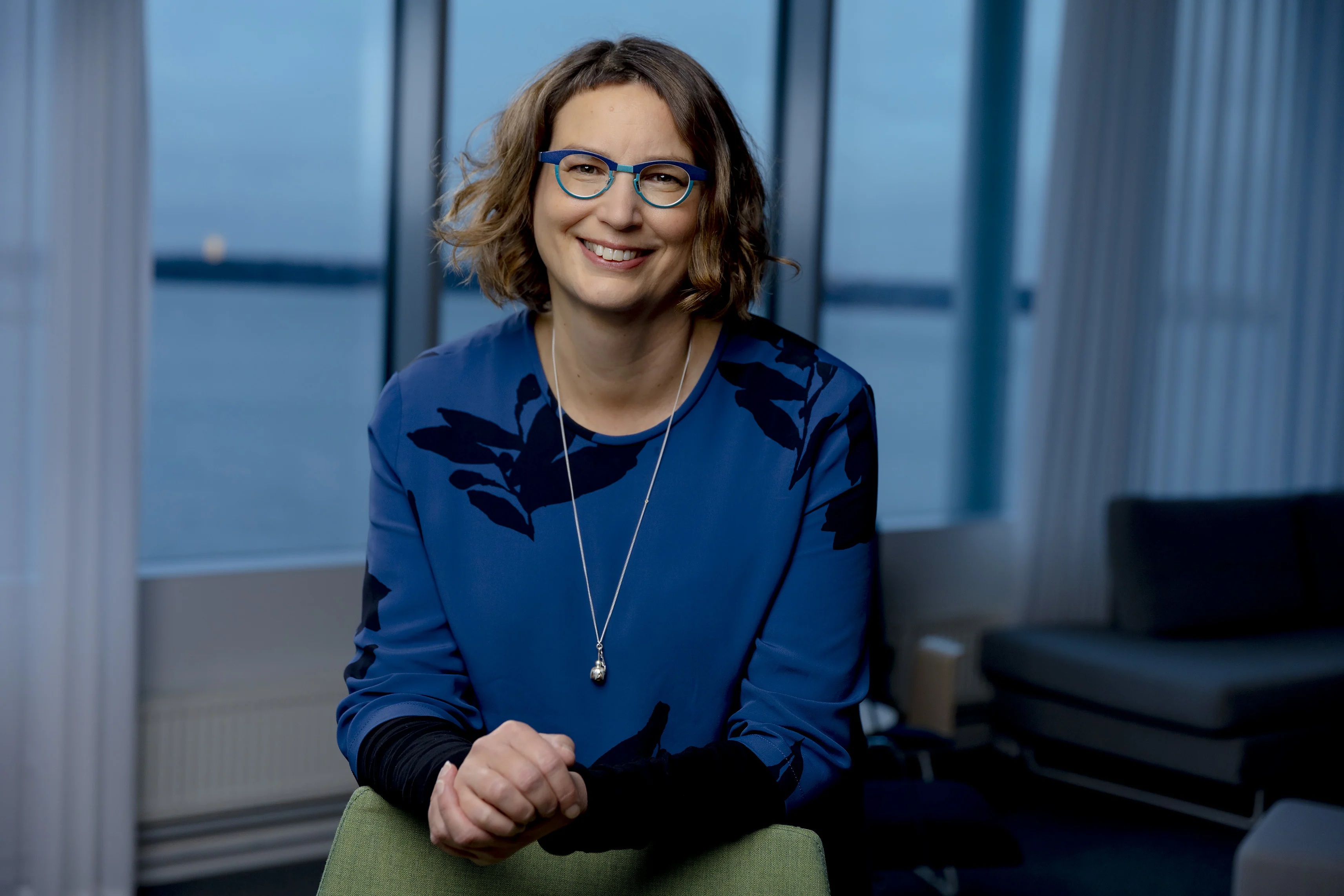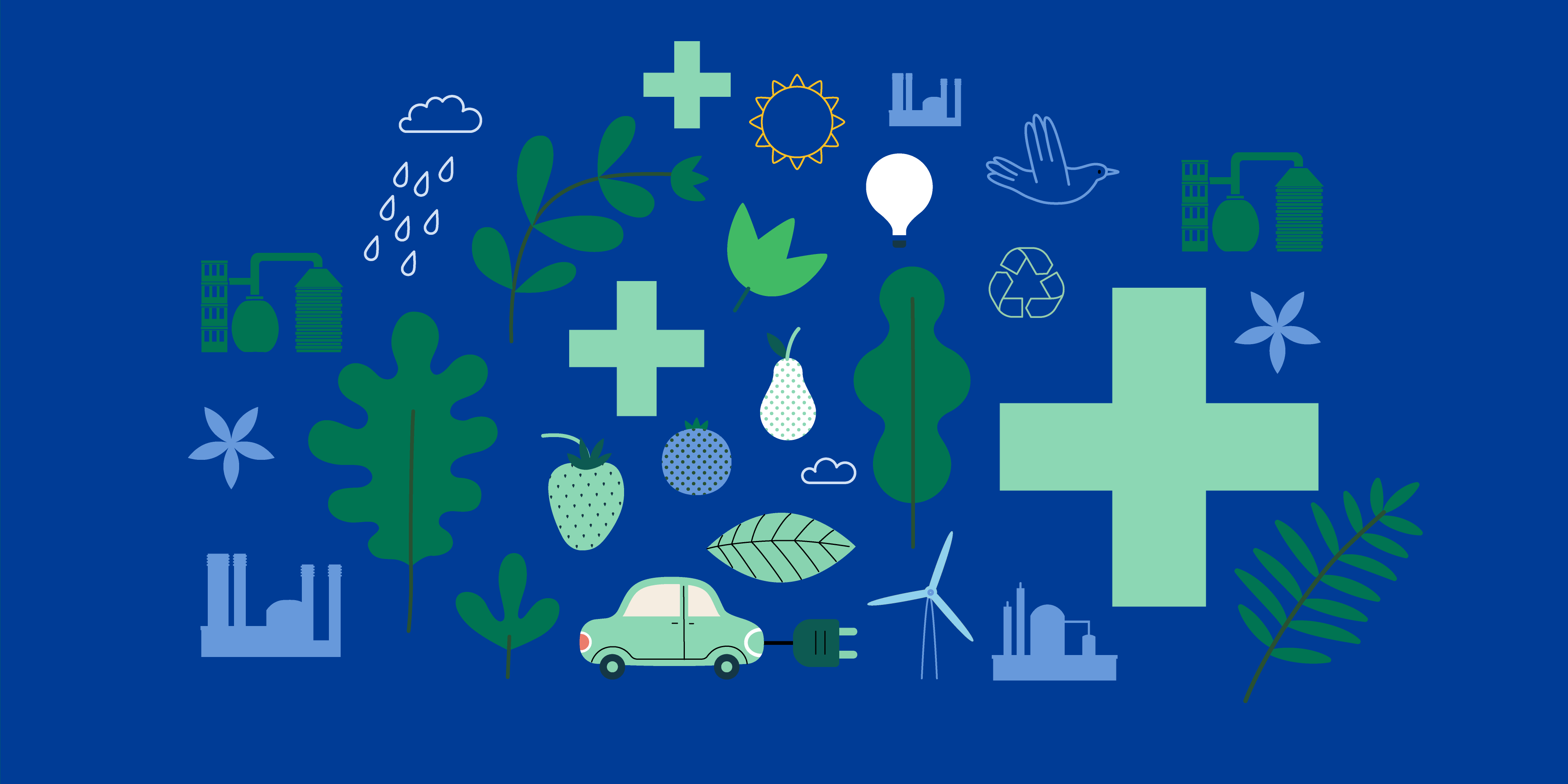
Sustainability
7 minute read
Assembling an industrial scale Scope 3 emissions puzzle
By reading this you will learn about the thinking and analytical process that enabled Neste to set Scope 3 emission targets, and commit to lead towards a carbon neutral value chain by 2040, in one of the world’s most energy-intensive industries.
A few weeks back, we at Neste announced one of the most important levers for leading the transformation of our value chains: emissions reductions from the use of our products. We will reduce the energy intensity of our sold products by 50% by 2040 compared to 2020 levels, which is a key measure as we target not only emissions in our direct control, but aim at reducing emissions that take place upstream or downstream of our own operations. A few months ago, we rolled out our wider vision for sustainability during our capital markets day. It includes aspirational goals for biodiversity, human rights and our supply chain, in addition to the climate commitments that had already been made and once expanded during the past year.
However, we did not yet state concrete Scope 3 commitments. Some people wondered why, as Scope 3 net zero is something every company in the world is expected to strive for.But we decided it was not time for us, yet.Why?
Commitment alone is nothing
Ambitious climate statements are a crowd pleaser when you can make them. And I mean this in the best possible sense. But if we are truly committed to chasing the objectives as outlined in the international climate agreements, then we should be mindful that a statement is only productive if it is realistic enough to become reality. Otherwise, it may even do the opposite, fueling discussions that question the credibility of the global community of being able to meet its targets.That is why we at Neste made it our priority to design aspirational but achievable goals that helped us stretch our ambitions, pick our curiosity, and challenge us to figure out credible, possible pathways that would enable us to meet our goals, all in line with the world’s target to limit global warming to 1.5°C.A successful transformation of any business towards net zero, let alone the entire value chain, requires the trust and support of the financial community, international and local policies and regulatory frameworks, employees, customers, and other stakeholders. It was crucial for us to look at how the role of these groups would be shaped in different kinds of business environments.
Transformation also requires the support of a much wider network that includes the people along the value chain, those committed to wider concerns such as human rights and biodiversity. The reason to widen our sustainability vision to integrate these aspects was not just because they are critical and ethical by their own right, but because they are indispensable components for reaching climate targets as well.
This is the reality in which societies and companies around the world are currently working out the frameworks, scenarios and roadmaps so that they can confidently go to their most business-critical stakeholders and state the vision all of their employees can fully embrace and work towards.
Working on the Scope 3 puzzle
So what did it take in Neste’s case to get our Scope 3 ambitions formulated, validated and accepted? Having taken the time to put in place processes and roadmaps for reaching carbon neutral production on Scope 1 and 2 emissions certainly helped. Equipped with a structure for sorting out what was most directly under our own control enabled us to understand the requirements and dedicate enough time to look into the entire value chain and our Scope 3 emissions.
To be sure, a long-term transformation of this magnitude will always have a “leap of faith” element to it. The challenge is to base that faith on a rigorous analysis.The groundwork is about defining the variables, potential future scenarios for policy and regulatory environments, innovation, and climate science. How would the customer preferences and investor expectations be likely to develop in each case, and what would that mean for Neste and our business models?
Then the hard part begins. Because, obviously, all the above-mentioned scenarios interlink with each other. It is this puzzle of systemic causes and effects that requires exceptionally broad co-operation within an organization to get the Scope 3 targets in place.Besides Neste’s sustainability team, the core group included our strategy team, business units, risk management, investor relations, innovation, and public affairs – in fact, it is hard to pinpoint a part of the organization that was not required to pitch in or assess viabilities from their perspective.
Together we came up with different scenarios and how they might impact the business environment. If customer demand would suddenly change, would we have pathways to reach our targets in a dramatically different world? On what scale would we have to invest, and within what timeframes? What role does innovation play in the puzzle?
I’ve been asked about the core competences needed to create a viable Scope 3 vision, and whether we now, in retrospect, would do something differently. In addition to the competences above, I would say that the effort requires at least one, if not more, crazy persons. This would be the kind of character that does not give up easily or let the so-called realities bring them down too quickly, but who is able to keep the vision alive long enough for the team to build a solid case around it. As for whether there are learnings of what kind of analysis is the most valuable, I strongly believe every organization must find its own way. There is no one-size-fits-all solution here, the most important thing is to have a deep understanding of your own company, its values, its business, and the world that surrounds it.
Scenario work is often associated with assessing probabilities, an exercise to define what developments we are most certain of. If the world does not decide to take dramatic action right now, the worst scenarios of climate change become very certain very quickly. That is not a certainty we should aim for. Instead, we must build on a wide variety of pathways for us to reach our vision.
We may not know which ones will be realized but we know how to navigate, how to invest, and how to secure our position in each of them. We now know that our vision is robust enough for us to talk about it with confidence with different stakeholders.
Creating impact together
What we now have is a solid and broad sustainability vision to support our businesses and our strategy.But of course, this is not just about us.The added value of Scope 3 commitments is that they open more doors and opportunities for our suppliers, logistics partners, stakeholders, non-governmental organizations and citizens across the value chain to engage with us based on shared objectives – leading towards a carbon neutral and nature positive value chain by 2040.
On this path, it is our business to enable our customers to effectively and immediately reduce emissions across their own value chains through renewable and circular solutions. We are committed to enable at least 20 million tons of CO2e reductions annually by 2030.
We believe there is a rising spirit to cooperate across boundaries and scale up solutions – all of them – to fight the climate crisis.
Limiting global warming to 1.5°C is within our reach. It will require us to think across our value chains and stretch ourselves to our limits. But it is possible. The time to act is now.
Credits:
Salla Ahonen, Vice President, Sustainability, Neste





